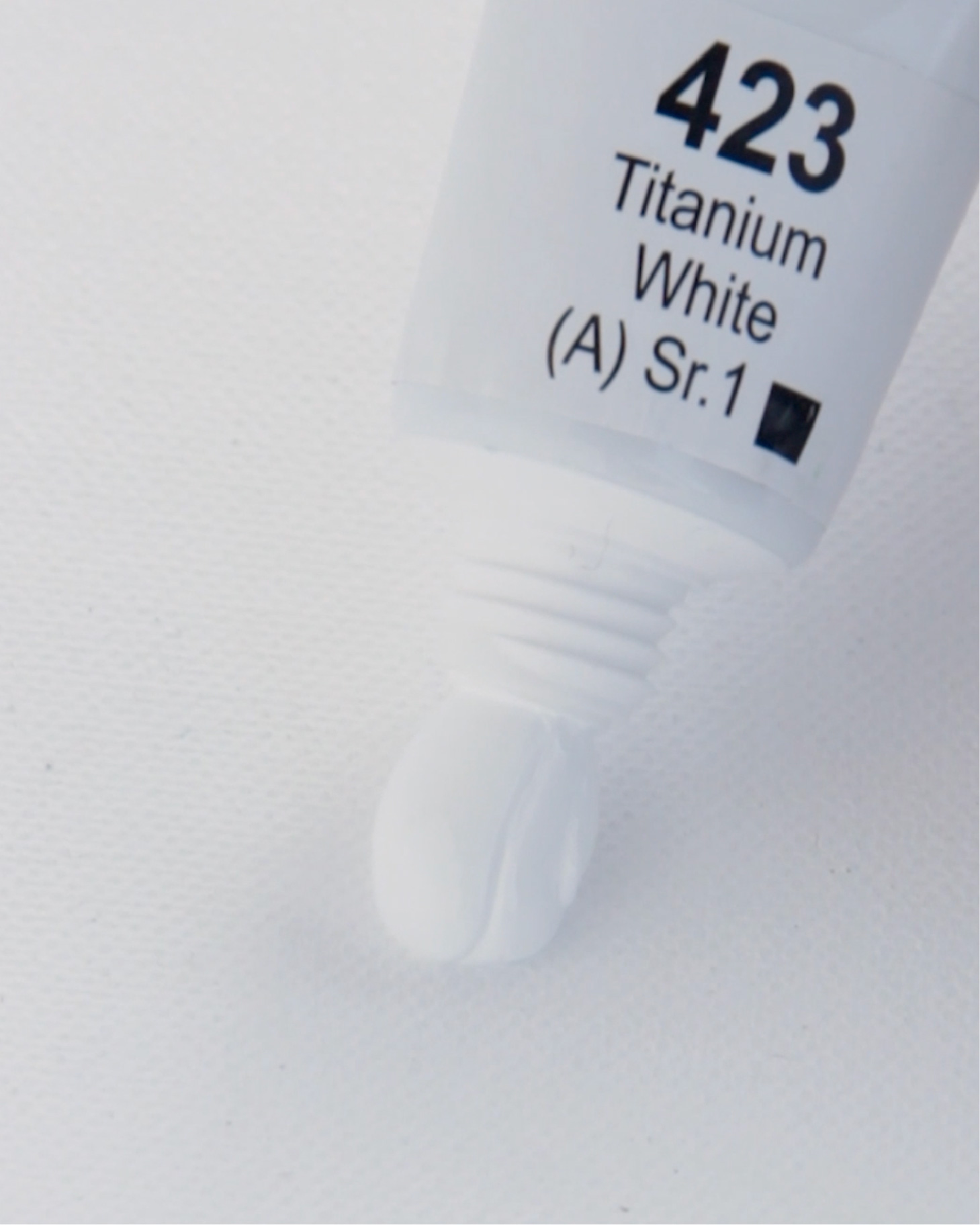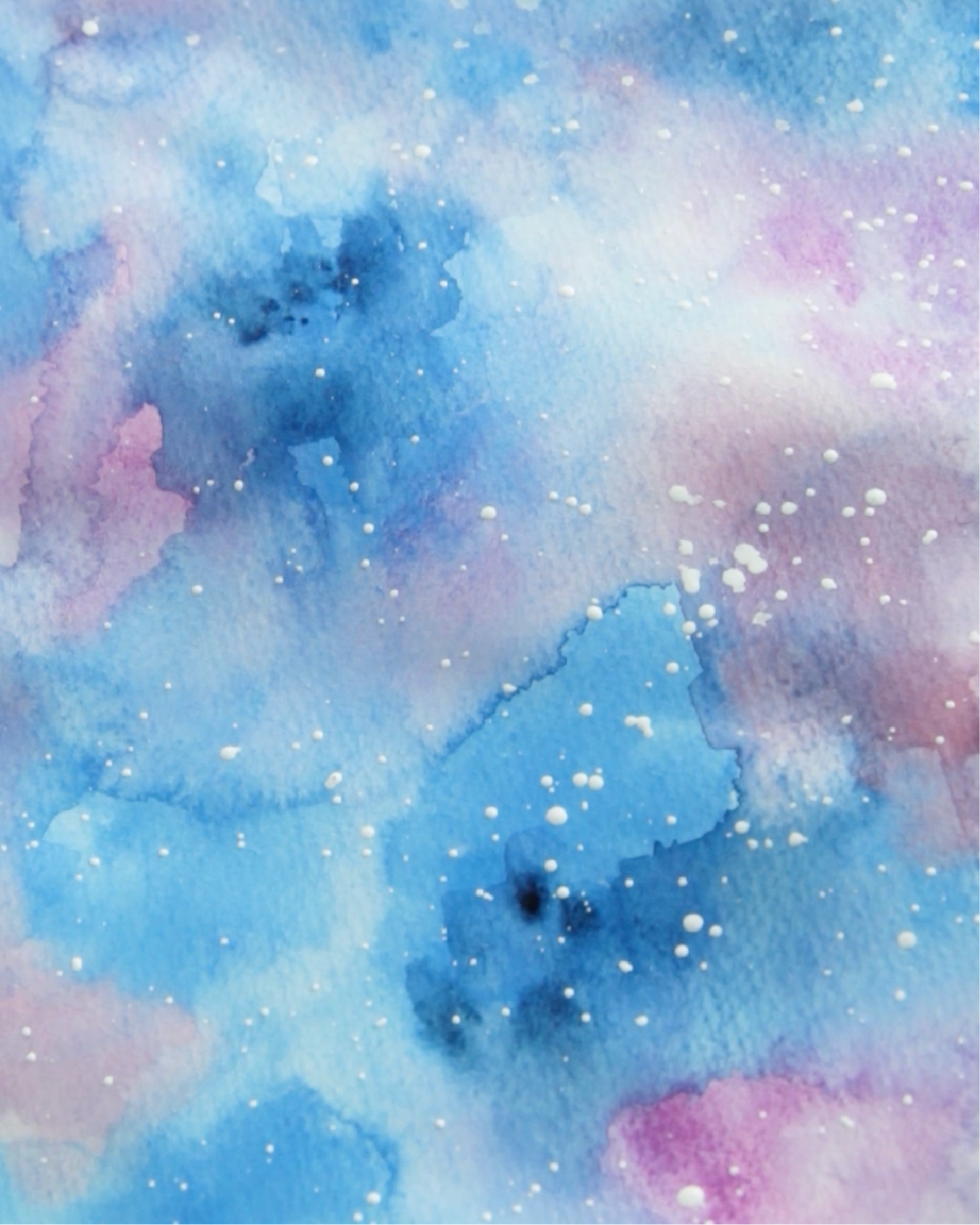Colours can either have a dampening effect on your mood or a positive, more uplifting one. By exploring monochrome in your painting, you will be challenging a fun project. Painting in monochrome will teach you important art lessons in contrast, composition, and shape.
Monochromatic paintings help artists understand how light and colours can create shapes within a composition. Painting in different hues of the same colour will hone your observation skills, aiding you in identifying colours in the future. It will also help you identify brightness and contrast.

Here are some points on monochromatic painting for beginners to help you understand how to paint in monochrome with acrylics, better.
What you will need:
- A reference image
- Camlin Drawing Pencils
- Tracing paper
- An opaque shade of your choice
- Camel Artist Acrylic Colours in White shade
- A small palette knife
- Camlin Brushes
- A painting surface of your choice
Step 1: The five gradients rule

Pick the colour you would like to use for your monochromatic painting. You will be using five variations of this colour for your monochrome artwork. Make five separate, small portions by mixing the white shade of Acrylic Colours to create different gradients. Make enough and set aside on separate plastic sheets that can be covered easily.
Step 2: Choosing a reference image


Pick a reference image that has a fair amount of contrast. A good way to check this is to digitally change the image to grayscale. If you can clearly make out a variety of tones in the black and white version of the image, then it has good contrast. If it all looks like it has almost the same grey, then pick another image.
Step 3: Tracing the reference image

Print out the image in the size you would like your artwork to be. Trace the distinct blocks of tones as shapes on your tracing paper. Give each tone a number from 1 to 5 and write down the number based on how dark or light you want the colour tone to be.
Since you used tracing paper, transferring the image on the canvas of your choice will not be difficult.
Step 4: Painting

Now paint each section of the image basis the shade you assigned to it with the help of your reference image.
Step 5: Details of your painting

Once you have painted each section, add details as you see in your reference image.

Don’t shy away from using a second coat of paint if you can still see the numbers through the paint.

Now simply let the painting dry and you’re done! The beautiful monochromatic painting is ready to be hung or displayed.
Did this article help you understand how to create a monochromatic painting?
Share your experience with us in the comments below.
Leave a comment

Comment added
Comment updated
Comment deleted
More inspiration
“
“Art heals all my feels.”







